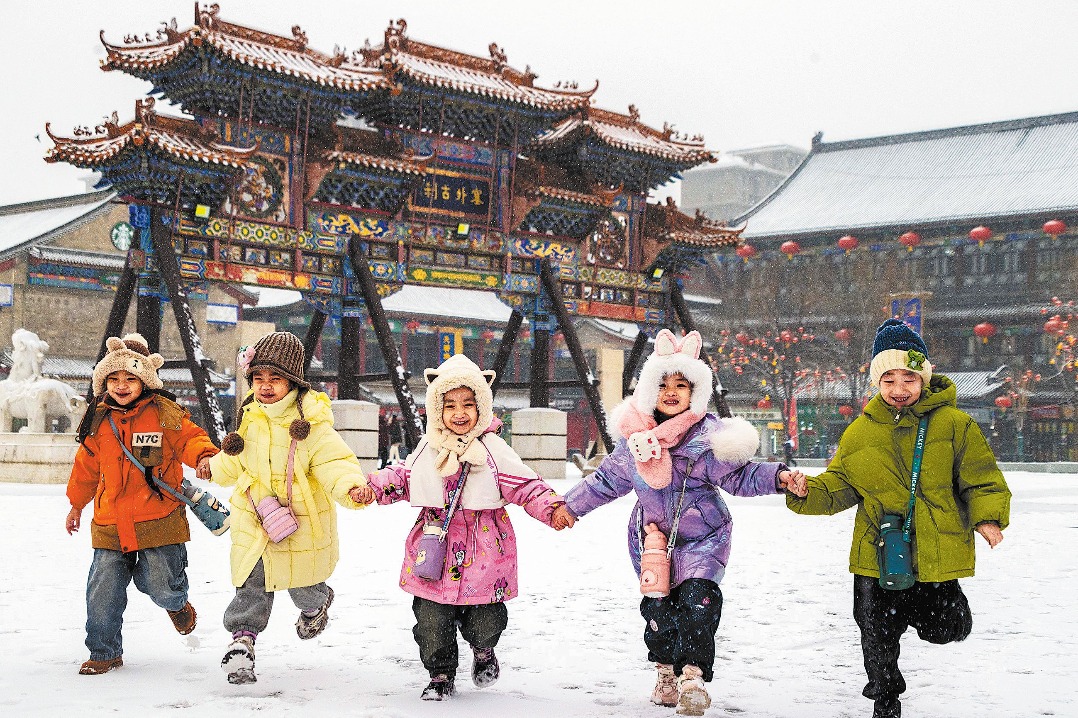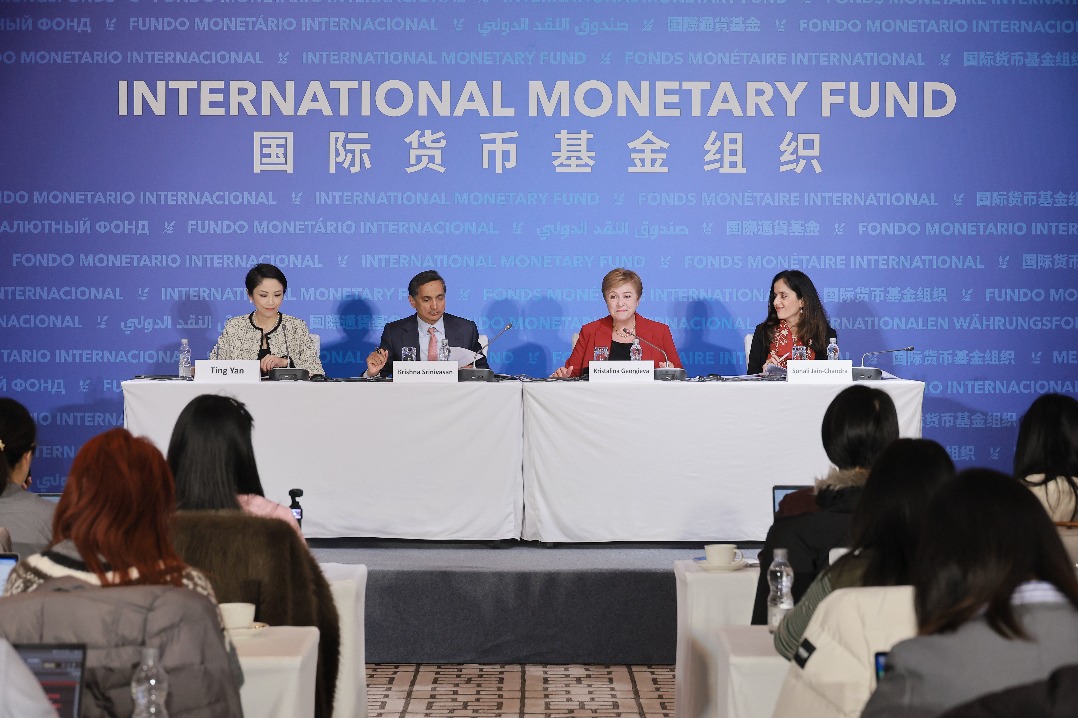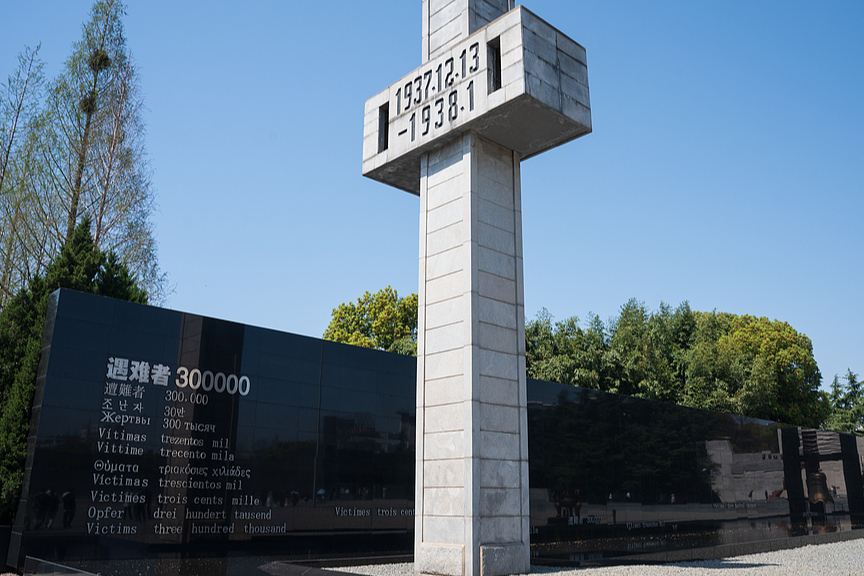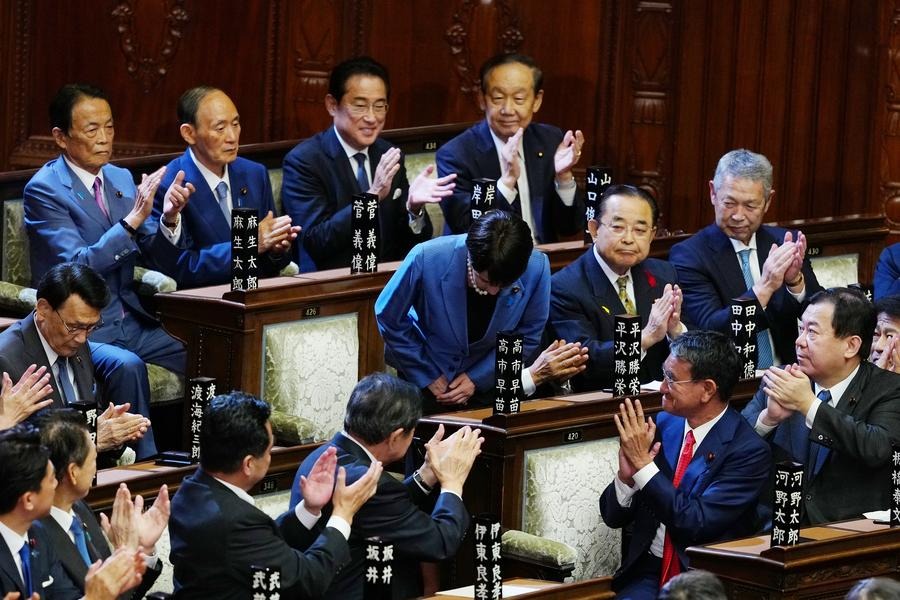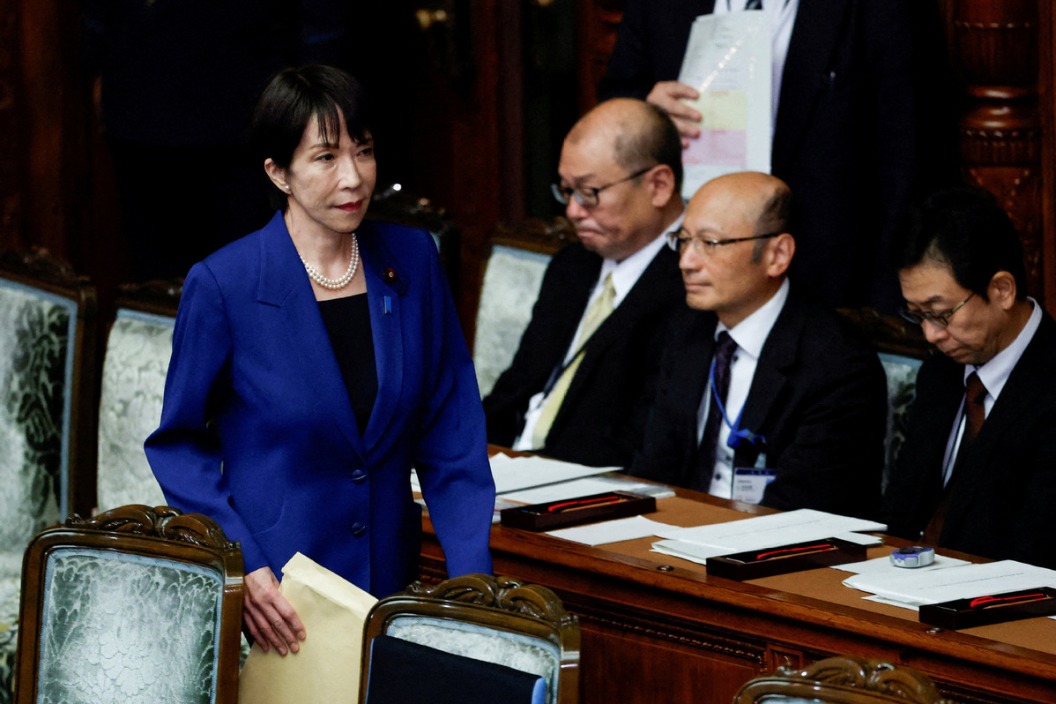RCEP shows region stands together to uphold multilateral trade system: China Daily editorial


The Regional Comprehensive Economic Partnership agreement takes effect on Saturday. It establishes the world's largest free trade zone and is expected to have a far-reaching impact on regional trade facilitation and economic integration over the coming decades.
Proposed by the Association of Southeast Asian Nations, the deal comprises the 10 member states of ASEAN plus the bloc's five dialogue partners — Australia, China, Japan, New Zealand and the Republic of Korea. The comprehensive high-level free trade pact, which covers market access commitments in goods, services and investment, accounts for about 30 percent of the world's total population, economy and trade. The deal is designed to eliminate 90 percent of the tariffs on goods traded between its members over the next 20 years, and the RCEP's commitments on trade in services are significantly higher than that of the original ASEAN + 1 free trade agreements.
Moreover, the RCEP's commitments on investment are based on the negative list model, while trade facilitation, intellectual property rights, e-commerce, competition policy and government procurement are also covered by its rules, which is in line with the participating countries' practical needs to restructure their economies and upgrade their industries.
If the RCEP can be well implemented, it will mark a new milestone in Asia-Pacific economic integration, and provide strong support for trade and investment liberalization and the forming of an efficient multilateral trading system in the region.
The RCEP also represents the region's common stance against the United States' serial efforts to disrupt the global supply chains and shake the foundations of economic globalization.
The pact looks set to play a special role in maintaining regional production networks, and stabilizing regional supply chains to counter the negative influences of the US' self-centered approach.
Win-win cooperation is the feature of the RCEP. As the 15 participating members are in different development stages — from developed and emerging market to less-developed economies — the free trade pact, which will markedly reduce their trade costs, will help further tap into their economic complementarities, bringing tangible benefits to their peoples.
The RCEP dedicates special chapters to promoting cooperation to support the development of small and medium-sized enterprises and technology, which can help the ASEAN members to upgrade their industries and move higher up the global value chains. In the process, the RCEP will also open the doors of the ASEAN and Chinese markets wider to the four developed economies.
Notably, the RCEP will step up economic and technical assistance to less-developed economies, which will help bridge the development gaps among the members, and promote coordinated and balanced regional development.
As Premier Li Keqiang has said, the deal is "a victory for multilateralism and free trade". Working together to push for the agreement to enter into force as scheduled, the RCEP members have sent a strong message that they uphold free trade and the multilateral trading system, and oppose protectionism, unilateralism and decoupling.
That is the right reply to the call of the times.


















